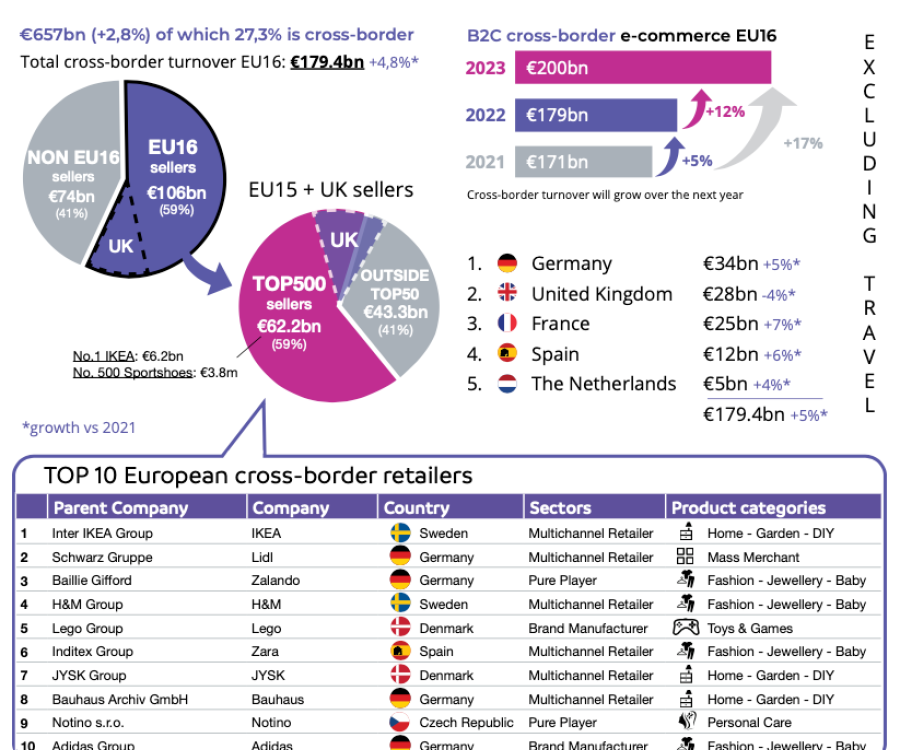This also applies to an E-commerce project, which often provides the basis for a company’s digitization strategy. The following important points need to be considered for a successful implementation:
Assemble the right team
An E-commerce project hinges on the decisions that are made. Long before the project’s kickoff, it is essential to assemble the right team, which should be able to fully stay focused on the project. The team should be made up of staff members from all participating departments. This typically includes sales, marketing, and IT associates.
Get expert advice
The necessary E-commerce and IT expertise might not be initially available in a company. In these cases, it might be beneficial to hire a team of specialists at the start of the project, which guides the in-house team and takes over project management duties during the startup phase of the project.
Define goals
What should the E-commerce platform generally improve and achieve? How much time should the project’s development take? Those and other relevant questions, possible pitfalls and priorities are clarified in various workshops. The goals are specified with a requirements and target market analysis and writing of user stories.
Specify technical aspects
Once the basic planning steps have been completed, the technical requirements and the online store-specific technology must be discussed. For example, how many products should the backend be able to manage? Which payment methods are being offered? Companies should have answers to these questions because they are needed to create a budget plan.
Conduct a business process analysis
The implementation of an E-commerce platform inevitably leads to the digitization of many business areas – even if they are not directly connected to the project. A business process analysis determines which sectors are affected by the E-commerce solution or digitization, respectively, and what steps are necessary to harmonize the processes in the company. This results in a business process map that clearly documents the digital transformation.

Define the project type
Should the project be implemented based on traditional waterfall, agile or iterative methodology (hybrid approach)? All involved teams – in-house and external – must clearly communicate and agree on an approach.
Create an overall project plan
Once all requirements and analyses have been determined and conducted, the results are incorporated into a product vision or project schedule. This overview should make it possible to structure the needed resources and roadmap with a timeline.
Don’t forget performance measurement
The work of the participating teams continues even after the project launch. Dedicated data analysis tools are needed to guarantee the sustainable success of the E-commerce platform and digital transformation of the company. So-called business intelligence tools offer comprehensive analysis protocols that can help to improve the digital business.
Conclusion
An E-commerce project is a big challenge, especially if it is implemented as part of a digitization strategy. All stakeholders should be aware of this and build the necessary expertise. If a company does not have any know-how or has only rudimentary expertise, a consulting team can help to guide the E-commerce project and the resulting digital transformation step by step and steer things in the right direction.










